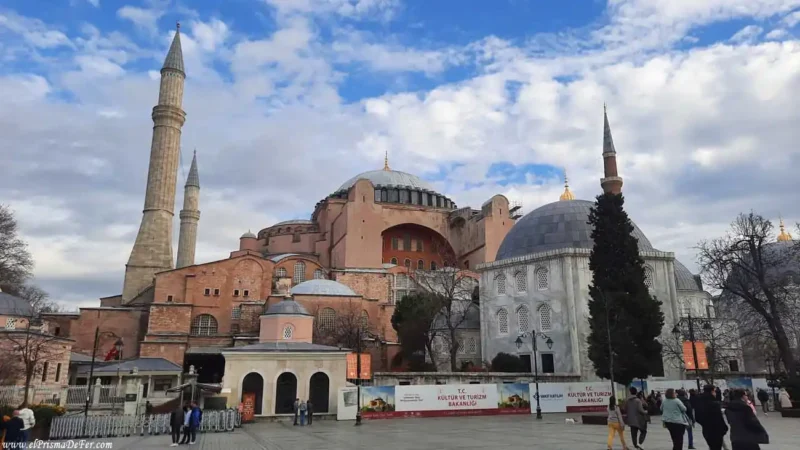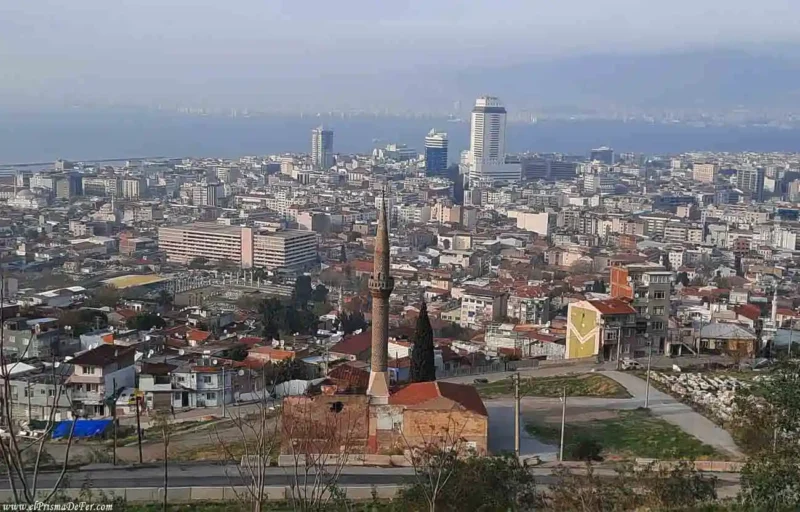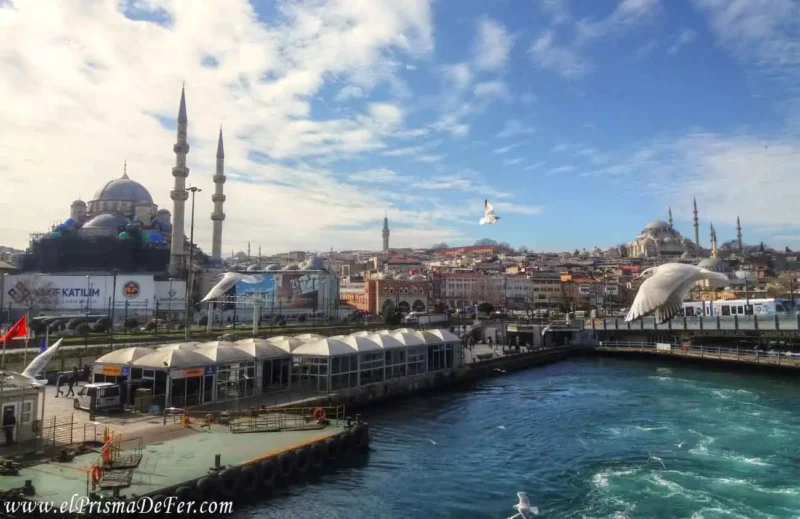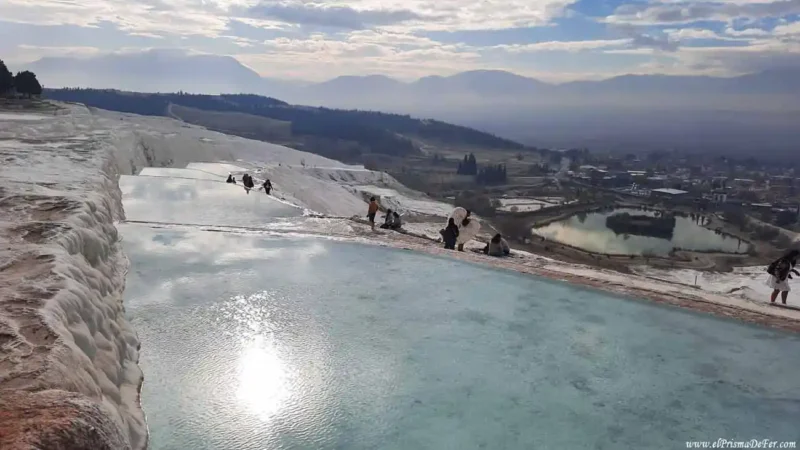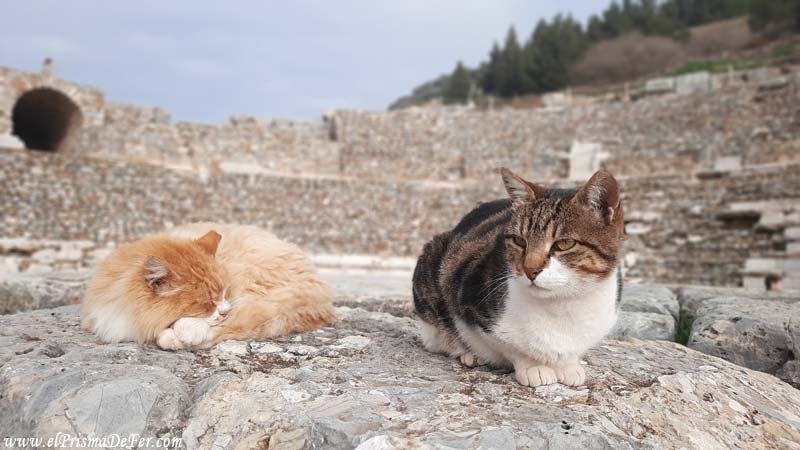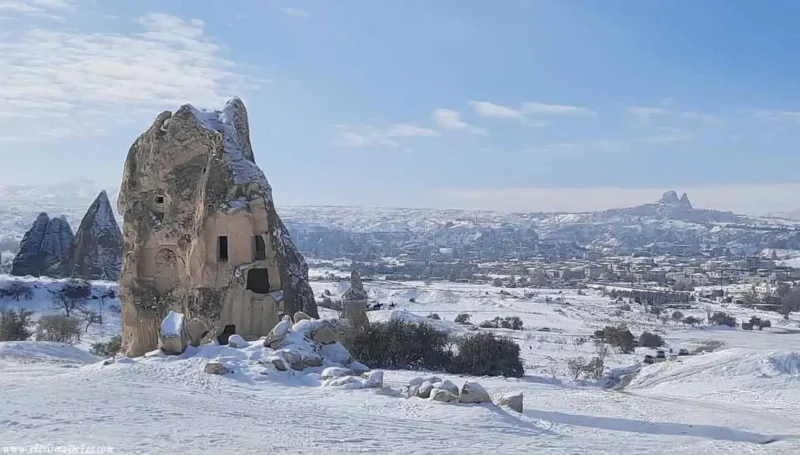When I arrived at the ruins of Ephesus, I had no idea that they would transport me so vividly back in time.
I had seen many photos, especially of the majestic Library of Celsus, but walking through those marble streets, while listening to the history of the place with the audio guide and surrounded by columns, temples, and ancient sculptures, was an experience that truly made me feel like I was in another era.
In this post I tell you what it's like to visit Ephesus, one of the most impressive archaeological sites in Türkiye and, without a doubt, in all of Asia Minor.
Plus, you'll find practical information to help you plan your tour, understand its history, and discover what to see within the complex, from the famous Library to the enormous theater that once held 25,000 people.
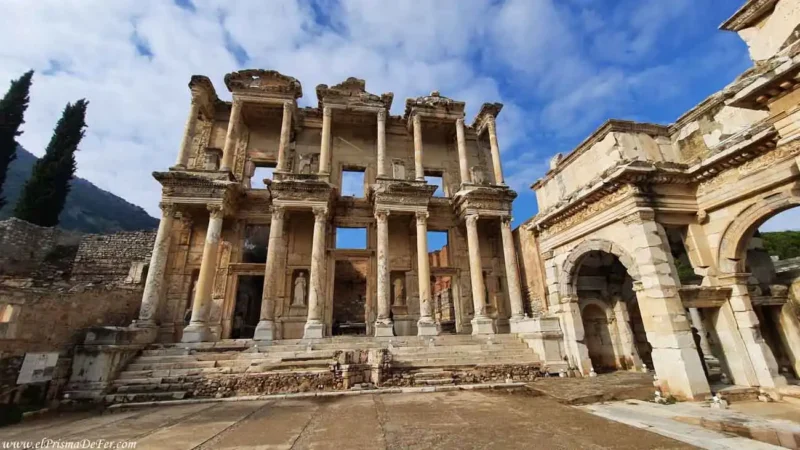

Table of Contents
Where is Ephesus located?
Ephesus is located in the Turkish Aegean region, about 3 kilometers from the small town of Selçuk and approximately 80 kilometers south of Izmir.
The archaeological site is well connected by road and rail, making it a popular stop for those traveling along Türkiye's west coast.
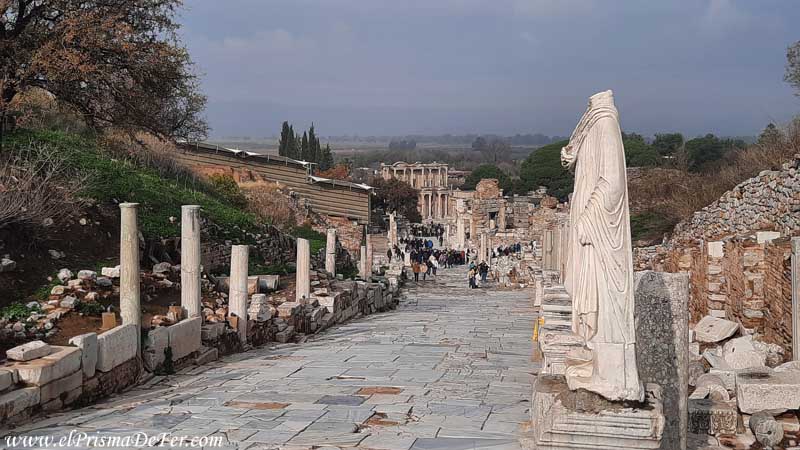
From Selçuk, you can easily reach it by taxi, walking, or even by local minibuses that depart frequently to the main entrance of the complex.
How to get to Ephesus
The best way to visit Ephesus is to stay in Selçuk, the closest town to the archaeological site. From there, the main entrance is only about 3 km away, and can be reached on foot, by taxi, or by minibuses that depart frequently from the center.
Selçuk also has a train station (see location) and a bus terminal (see location), so it is very well connected to other cities in the country.
- If you are coming from Izmir, you can take a train or a direct bus to Selçuk (the journey takes about 1 hour).
- From Istanbul, the fastest option is to fly to Izmir and continue by land.
- If you are coming from Pamukkale or Kuşadası, there are also regular minibuses that drop you off directly in the center of Selçuk, making it an excellent strategic point for visiting not only Ephesus, but also other nearby attractions.
To organize your bus journeys, the most practical application is Obilet, very popular in Türkiye, which allows you to check schedules, compare companies and reserve seats directly from your cell phone.

Brief history of Ephesus
Ancient Ephesus was one of the most important cities of the ancient world, founded around the 10th century BC by Greek settlers.
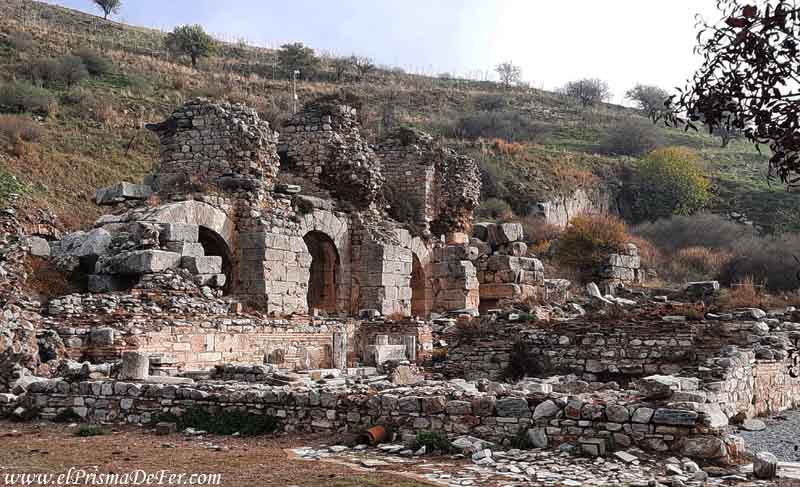
Thanks to its strategic location near the Aegean Sea, it quickly became a key trading port and a major cultural and religious center of Asia Minor.
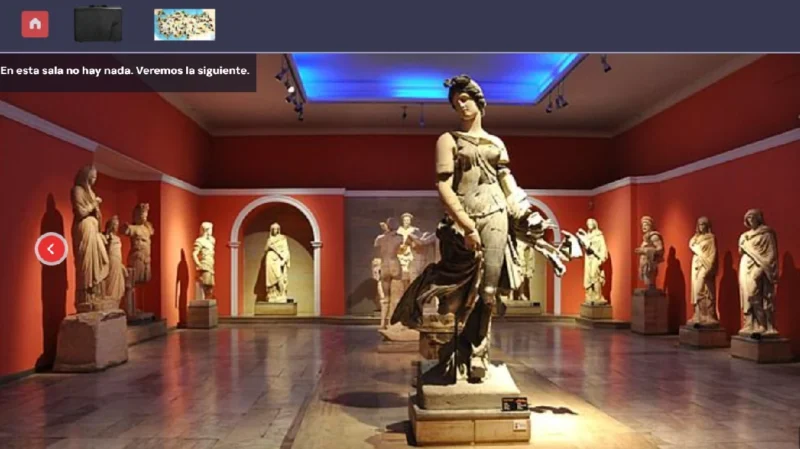
If you want to learn in a fun way, play the Turkey trivia, an interactive game with a variety of puzzles and a captivating story.
Over time, it passed through the hands of Greeks, Persians, Macedonians and Romans, reaching its maximum splendor during the Roman Empire.
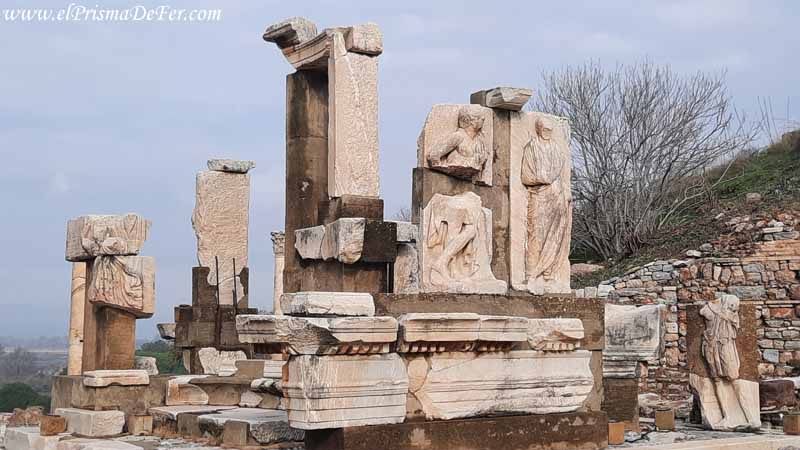
One of its greatest prides was the Temple of Artemis, considered one of the Seven Wonders of the Ancient World, although today only one column remains standing.
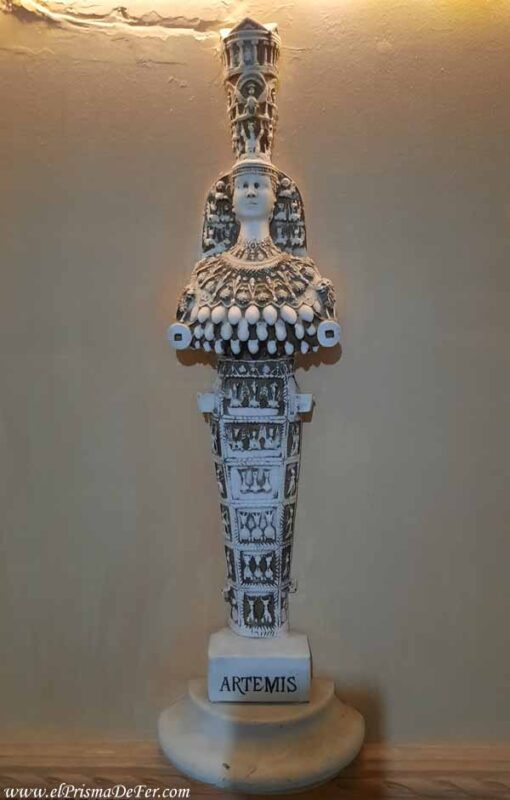
The city was also an important center of early Christianity: the Virgin Mary and the Apostle John are said to have lived here, and Saint Paul to have preached to the Ephesians.
Over the centuries, the port silted up, the sea receded, and the city lost its importance, eventually being abandoned.
Today, its ruins form part of one of the most impressive and best-preserved archaeological sites in Türkiye.
What to see in Ephesus
Touring Ephesus can take several hours if you want to take it easy. The archaeological site is extensive and has several things to see, so it's best to arrive early and wear comfortable shoes.
Most visitors enter through the upper gate (view on map) and descend to the lower gate (view location), following the old layout of the city. Although it is also possible to explore it in the opposite direction.
Join me and my guides as I tell you about the highlights of Ephesus that you can't miss:
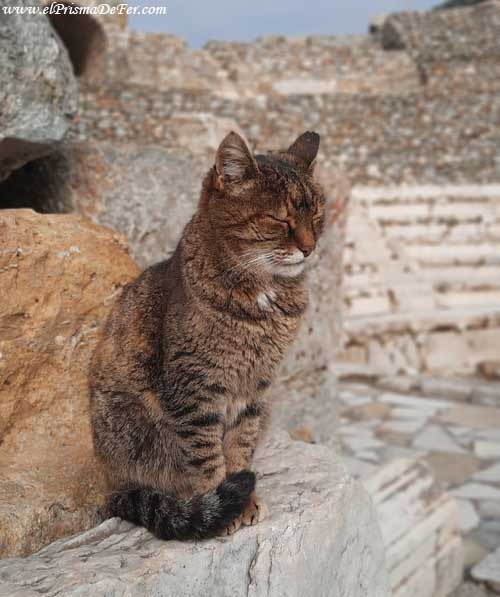
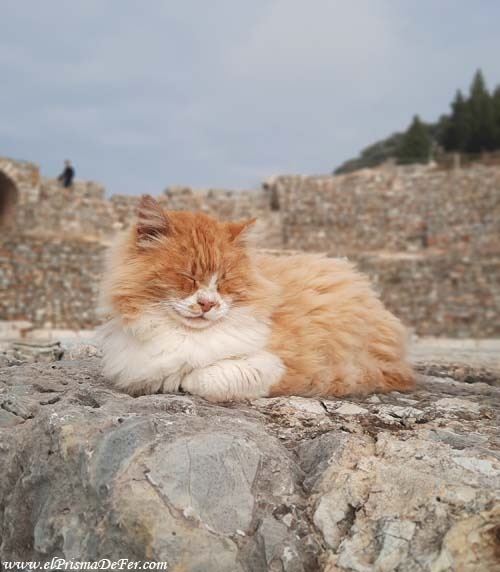
The Library of Celsus
The Library of Celsus is, without a doubt, one of the most iconic monuments of Ephesus and one of the best-preserved buildings in the city.
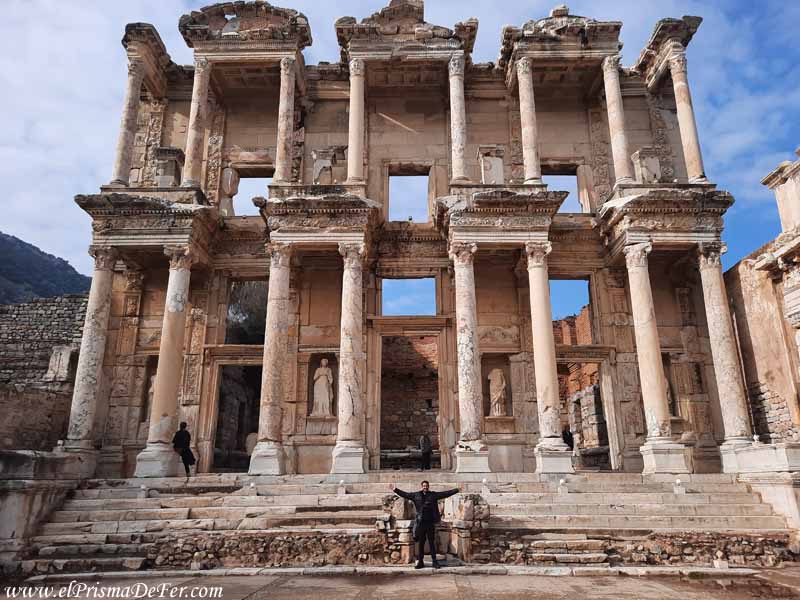
It was built at the beginning of the 2nd century AD by Tiberius Julius Aquila in honor of his father, Celsus Polemarchus, who had been a prominent Roman citizen and governor.
Its purpose was not only to house thousands of scrolls and documents, but also to serve as a mausoleum, inside which was the tomb of Celsus.
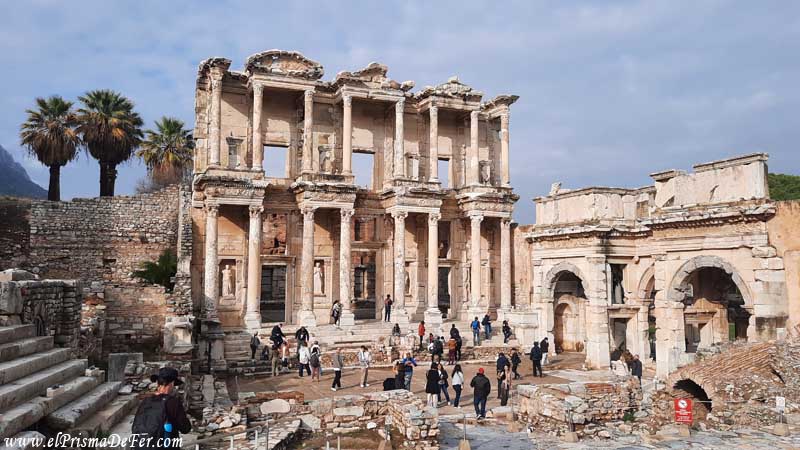
What is most striking is its marble façade, almost completely restored, with Corinthian columns and niches that housed statues.
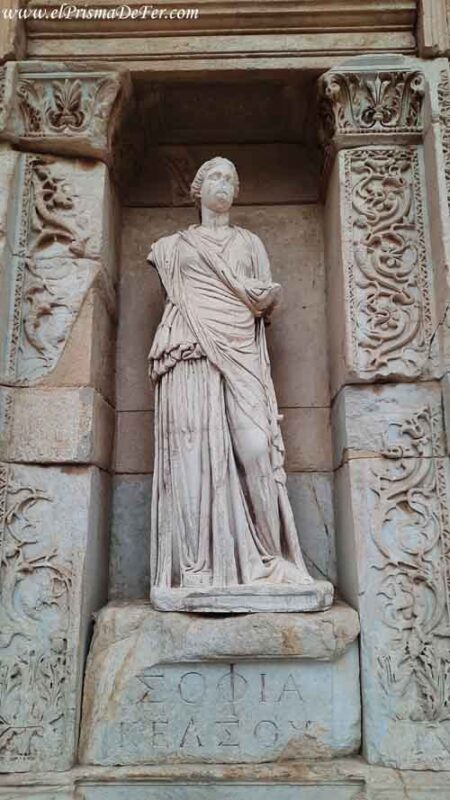
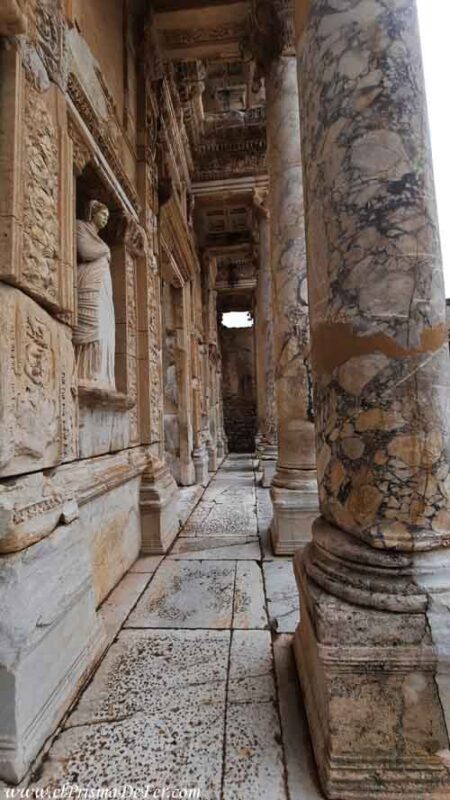
The first time I saw it, it reminded me in a way of the Petra Treasury, due to its monumentality and the shape of its facade. Although I know they have nothing to do with each other, in my head they seemed similar.

Standing in front of the façade and looking out over the surrounding area allows you to imagine the magnificence of the city in its heyday and understand why Ephesus was considered such an important cultural and educational center in the ancient world.
Tip for visiting without crowds: If you want to enjoy the library without crowds, it's best to arrive early and enter the complex as soon as it opens (8:00 a.m.). From 9:00 a.m. onward, tour groups begin to arrive, and it becomes almost impossible to take good photos or walk around the library leisurely.
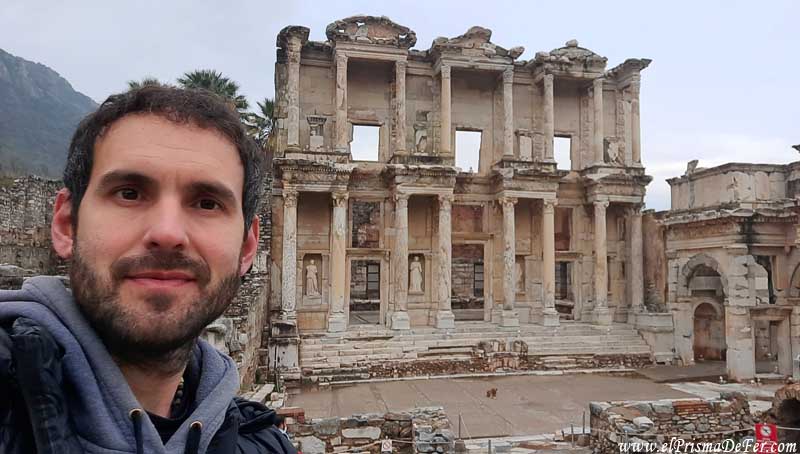
The Great Theatre and the Agora
Another of Ephesus's iconic buildings. With a capacity of around 25,000 people, the Great Theatre of Ephesus is one of the largest in the ancient world.
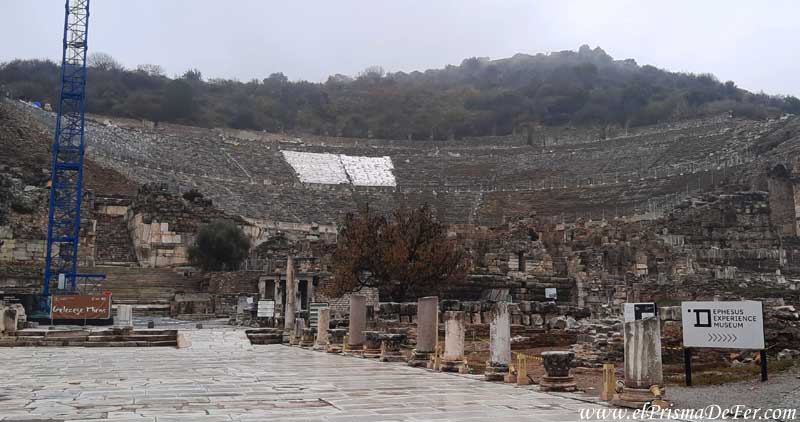
In its time, it was the scene of plays, concerts, and also public speeches, including one by the apostle Paul.
When I went, it was being repaired, so I couldn't go in, but in theory, you can go up and walk around freely, allowing you to appreciate its magnitude and excellent acoustics.
Between the theater and the library is the Agora, the ancient market square where merchants and citizens met, surrounded by temples and administrative buildings.
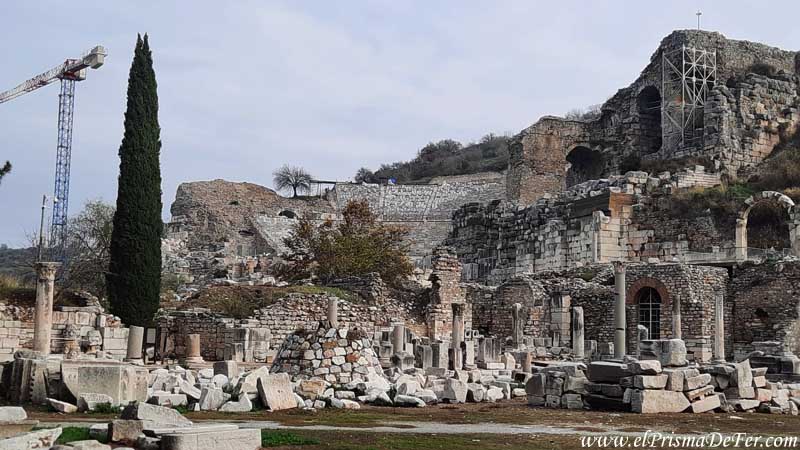
Marble Street
This main avenue connected the port with the heart of the city. Columns, sculptures, and remains of shops are still preserved on both sides.
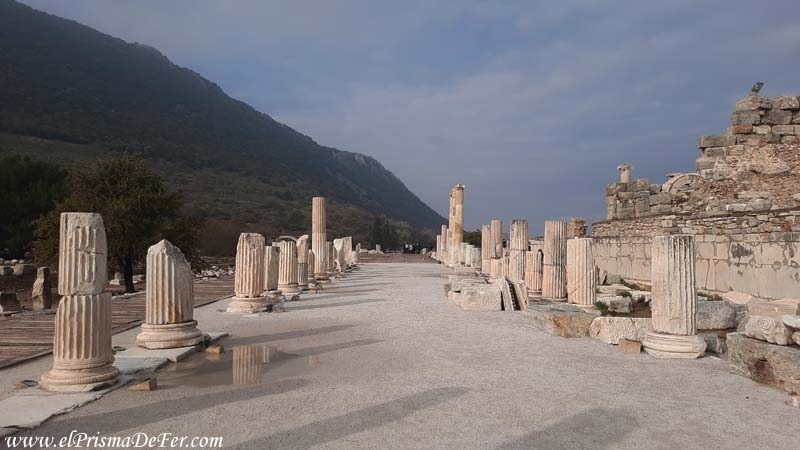
Walking down Marble Street and exploring the ruins of houses and temples gives you a clear idea of what urban life was like in ancient times.
The Odeon
The Odeon was a small covered theatre that served as the seat of the city council and also for musical performances or recitals.
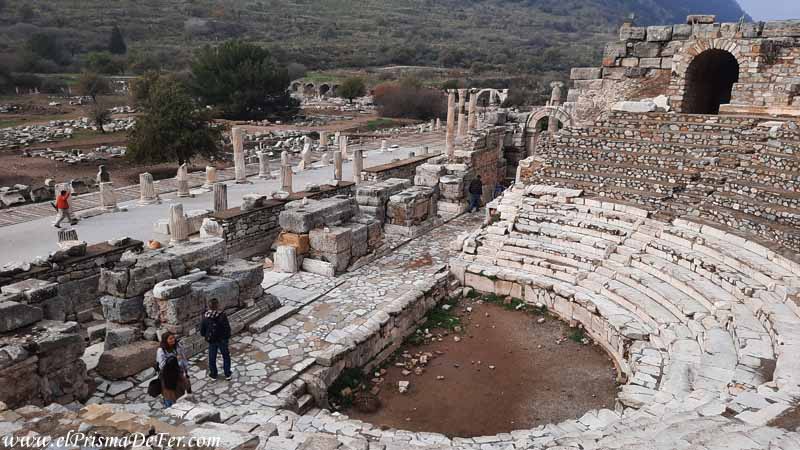
With a capacity for around 1,500 people, its semicircular design is reminiscent of the great Greek theatres, albeit on a smaller scale.
Built in the 2nd century AD, the Odeon combines Roman architectural elegance with striking acoustics, allowing you to imagine how the speeches and melodies of ancient Ephesus would have resonated there.
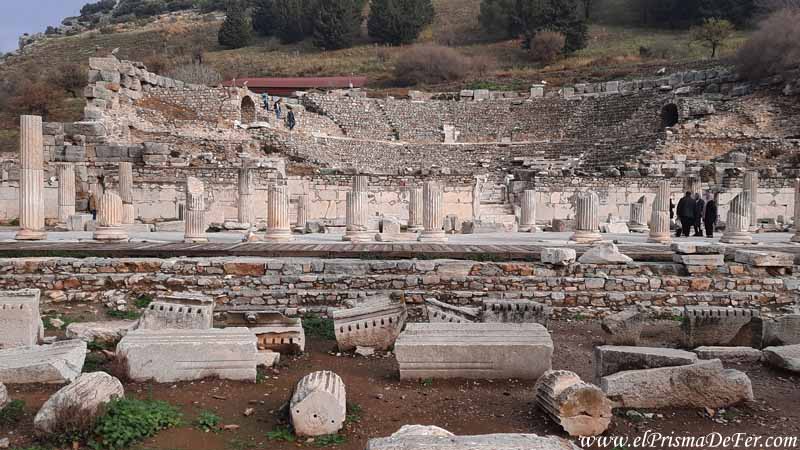
The Terrace Houses
These residences belonged to the wealthiest families of Ephesus and display an impressive level of luxury.
Mosaics, frescoes, and underground heating systems remain, reflecting the refinement of the period.
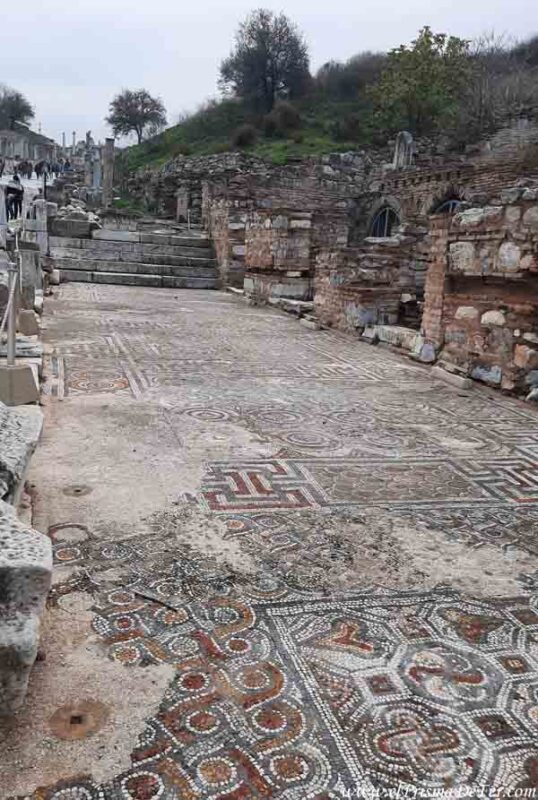
You can see some walking along Marble Street, but most are within an area that requires an additional entrance.
The Fountains
The complex has several public fountains that once supplied water to the citizens.
Among them, the Trajan's Fountain (see location) is the most famous, with remains of mosaics and marble decorations that show the importance of this space not only as a hydration point, but also as a social and cultural meeting place.
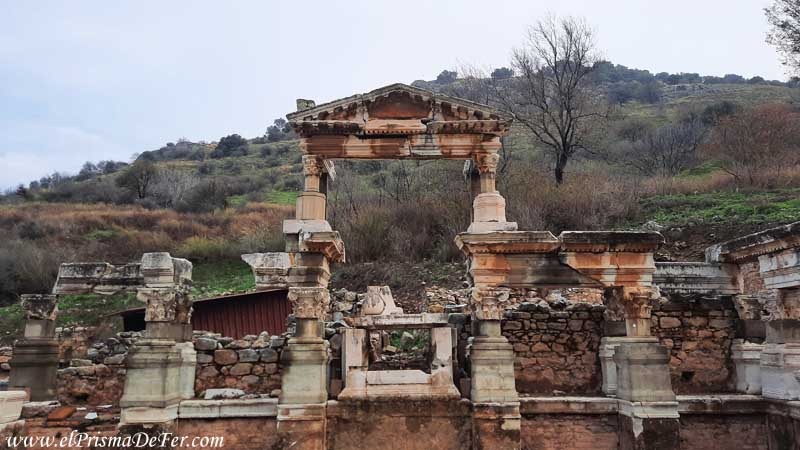
Gate of Hercules
The Gate of Hercules (see location) is one of the monumental entrances to the site, with remains of columns and reliefs depicting mythological scenes.
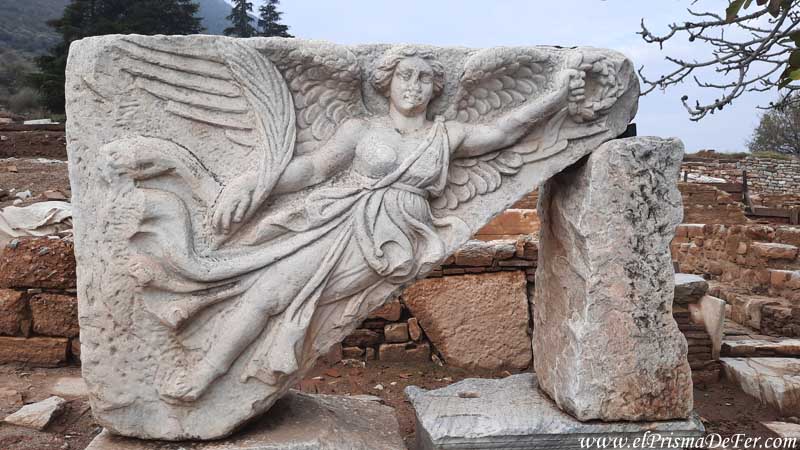
It was part of the ancient wall that protected the city and, although it is partially preserved today, it gives an idea of the size and organization of Ephesus in ancient times.
Temple of Hadrian
Dedicated to the Emperor Hadrian, who visited the city in the 2nd century AD, the Temple of Hadrian is one of Ephesus' most iconic and best-preserved monuments.
It stands out for its imposing façade with Corinthian columns and a beautiful arch decorated with mythological reliefs.
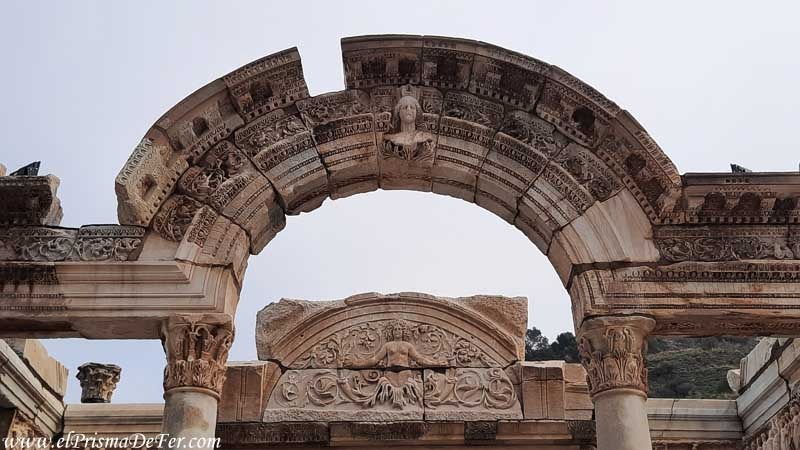
On the inner frieze you can see scenes related to the legendary founding of Ephesus and figures of gods and heroes.
Although much of the current structure has been rebuilt, the temple continues to convey the majesty and artistic refinement of the ancient city.
Church of Mary
The Church of Mary (see location), also known as the Church of the Virgin, is a Christian historical site located within the complex.
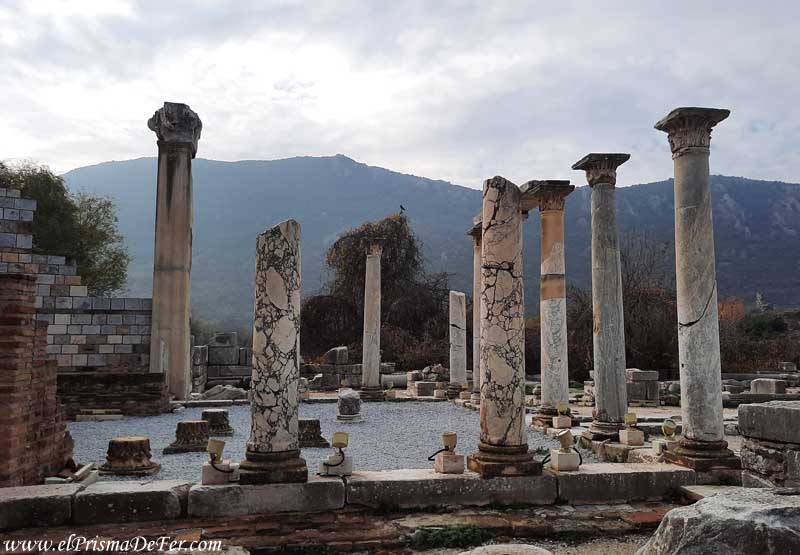
Although only remnants remain today, its Byzantine structure and stone walls can be seen, demonstrating how Ephesus continued to be an important religious center long after the Roman era.
Ephesus Museum
The Ephesus Museum, located near the main entrance, houses many of the sculptures, reliefs, and artifacts found during the excavations.
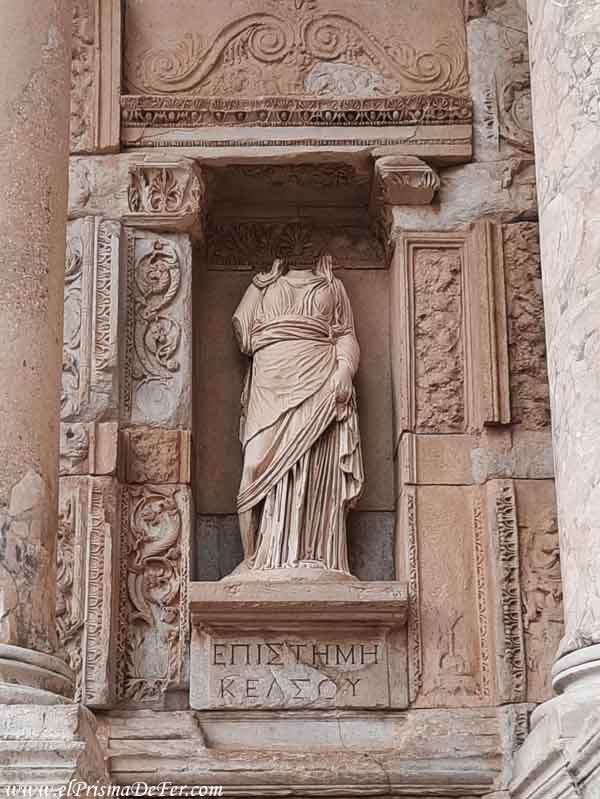
It's an excellent addition to your visit, as it allows you to see the original pieces that once adorned temples, homes, and public buildings, offering a much more complete picture of life in the ancient city.
Entrance fee and entry times to Ephesus
- Hours: The archaeological site is open daily, generally from 8:00 a.m. to 6:30 p.m. (although this may vary depending on the season).
- Tickets: Admission costs around 40 euros, and the Terrace Houses are about 15 euros separately. If you plan to visit several archaeological sites in Turkey, you might want to consider the Museum Pass Aegean or Turkey, which includes Ephesus and other sites in the region (for more information, read the post Guide to traveling to Turkey).
- If in doubt, visit the official website for updated schedules and prices.
How long does it take to visit Ephesus?
Visiting Ephesus could be done in just an hour if you only wanted to see the main sites, but I don't recommend it. The real value is taking the time to walk through its streets slowly, listening to the story through an audio guide or a real guide, and letting your imagination run wild to visualize what the city was like in its heyday.
Only in this way can you appreciate the magnitude of the temples, columns, and details that make Ephesus a journey into the past.
So, allow at least 2 to 3 hours to explore at a leisurely pace, more time if you plan to visit the Terrace Houses or the museum.
Practical tips for visiting Ephesus
- Main entrances: There are two entrances: the upper, where the downhill route begins (recommended), and the lower, near the parking lot and where the tour buses usually wait. If you can, enter through one and exit through the other to avoid repeating the route.
- What to bring: Bring a hat, sunscreen, water, and comfortable shoes. There is very little shade inside the resort, and the sun can be strong, especially in summer.
- Ephesus Museum in Selçuk: If you're interested in seeing sculptures and original pieces found during the excavations, don't miss this museum, which perfectly complements a visit to the archaeological site.
- To see Ephesus without crowds: I recommend starting your visit at 8:00 a.m. and entering from the lower entrance, as most tours arrive at 9:00 a.m. and enter from the upper entrance. From 4:00 p.m. onward, the crowds begin to decrease.

What to see in Selçuk, besides Ephesus
Although the city is small, I liked Selçuk overall. It has a peaceful atmosphere and several historical sites worth visiting, and it serves as a perfect base for exploring Ephesus.
Below, I'll tell you about the main places you can't miss in the city:
Temple of Artemis
The Temple of Artemis (see location), a big disappointment for me, was famous for being one of the Seven Wonders of the Ancient World.
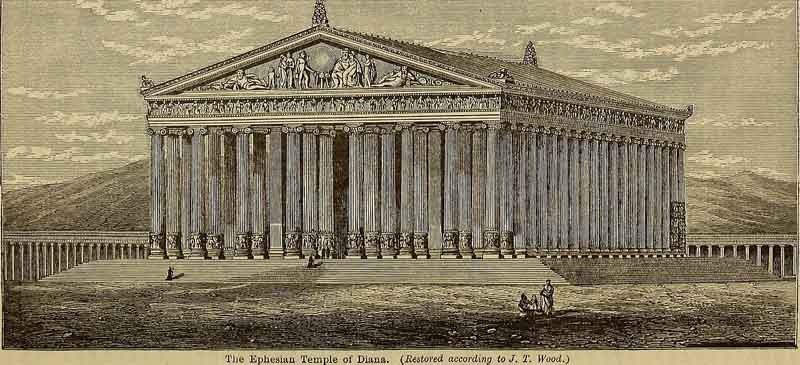
Originalmente, este templo dedicado a la diosa Artemisa era enorme y estaba ricamente decorado con esculturas y relieves que mostraban la importancia religiosa y cultural de Éfeso en la antigüedad.
But today, walking around the Temple site doesn't convey the magnitude it must have had in its time. Barely a single column remains standing, clearly positioned to convey an idea of its former grandeur.
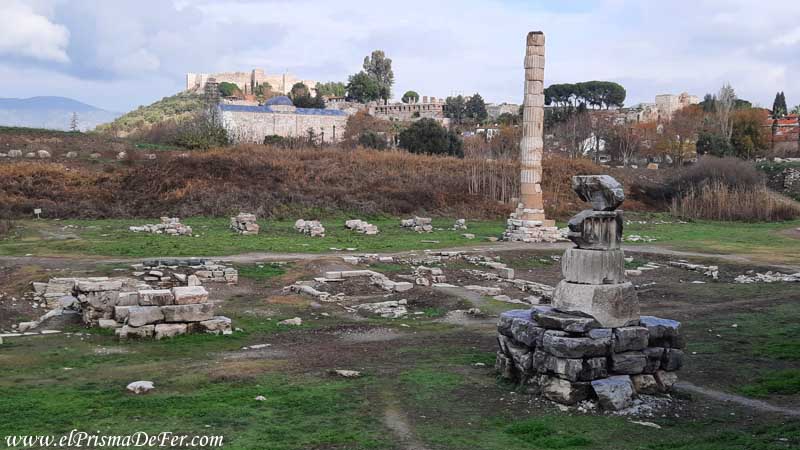
The good thing is that there is no entrance fee, so you can visit without spending anything and take advantage of the opportunity to walk around the area where this wonder of the ancient world was located.
Ayasuluk Castle
Situated on the hill overlooking Selçuk, Ayasuluk Castle offers panoramic views of the village, the valley below, and the archaeological site of Ephesus in the distance.
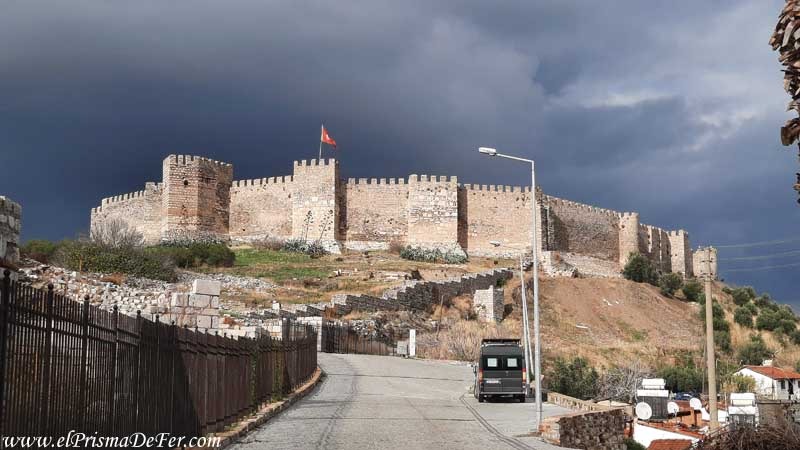
Although much of the castle is in ruins, its walls look imposing from any point in the city.
Basilica of St. John
The Basilica of St. John was built in the 6th century over the supposed tomb of the apostle John, becoming an important Christian center of the Middle Ages.
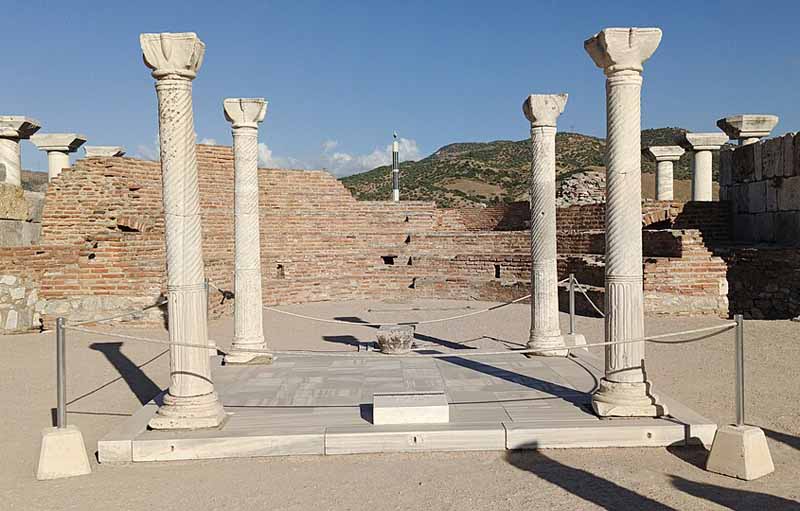
Although it is now in ruins, you can still see the large walls, arches and columns that demonstrate the grandeur of the building.
- Admission fee: 6 euros. You can check the updated opening hours and prices on the official website.
İsa Bey Mosque
This mosque, built in the 14th century, is one of the finest examples of early Islamic architecture in Türkiye.
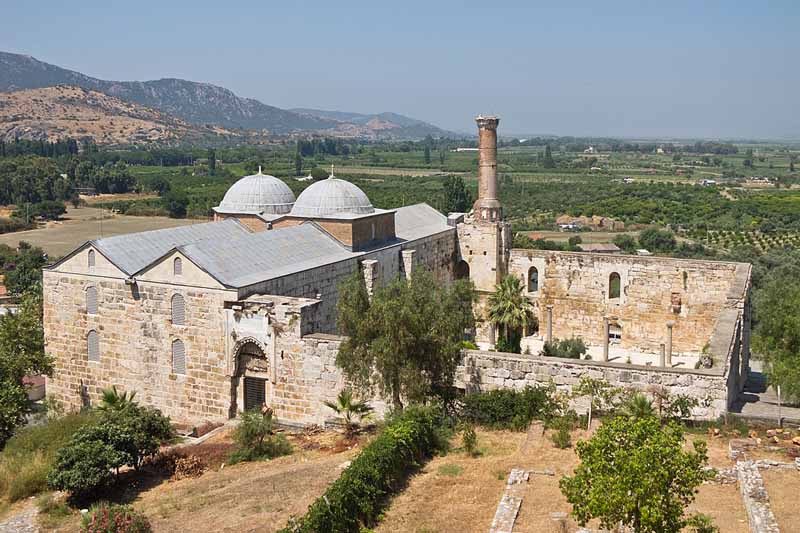
Its harmonious design, decorative arches, and interior courtyard make it a tranquil and highly photogenic spot, ideal for appreciating the region's historical transition.
The House of Mary
The House of Mary, located on a hill near Selçuk, is a small shrine believed to have been the final residence of the Virgin Mary.
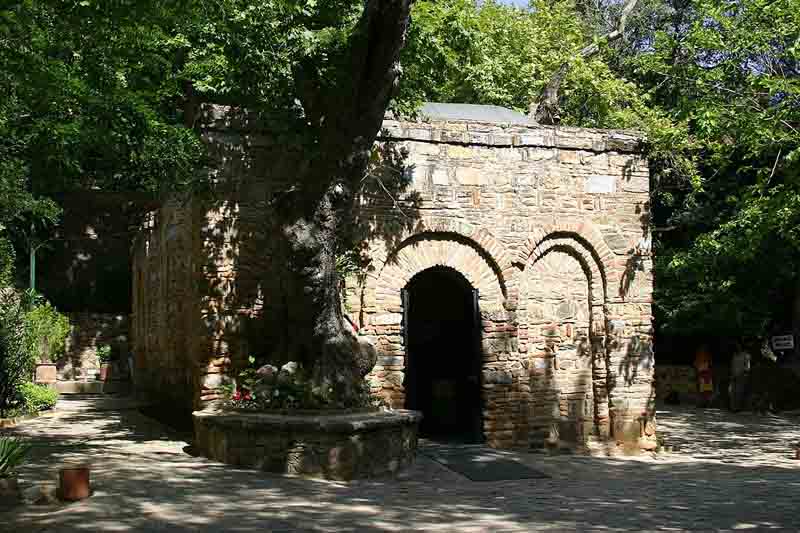
It is a pilgrimage site for both Christians and Muslims, and maintains a spiritual atmosphere. The site also offers panoramic views of the valley and Selçuk.
Byzantine Aqueduct
Remains of the ancient Byzantine aqueduct that supplied water to the city. Although partially preserved today, it is a reminder of the advanced engineering of the time.

Where to stay in Selçuk
Selçuk is a small town, so most accommodations are fairly close to each other and the main attractions. There are options for all budgets, from simple hostels to charming family hotels.
In my case, I stayed at the Boomerang Guest House, and I can recommend it without hesitation. Not only did it have one of the best prices and ratings in the area, but it also had an excellent location, just a few minutes' walk from the station and the center.
The house is very nice, with a quiet and cozy atmosphere, ideal for relaxing after a day exploring Ephesus. The host was also extremely friendly, always willing to help and give advice on what to see in the surrounding area. An excellent base for exploring this part of Türkiye.
My final thoughts
Before visiting Ephesus, I had my doubts about whether it was really worth the expensive entrance fee. But after touring it, I can say without hesitation that it is.
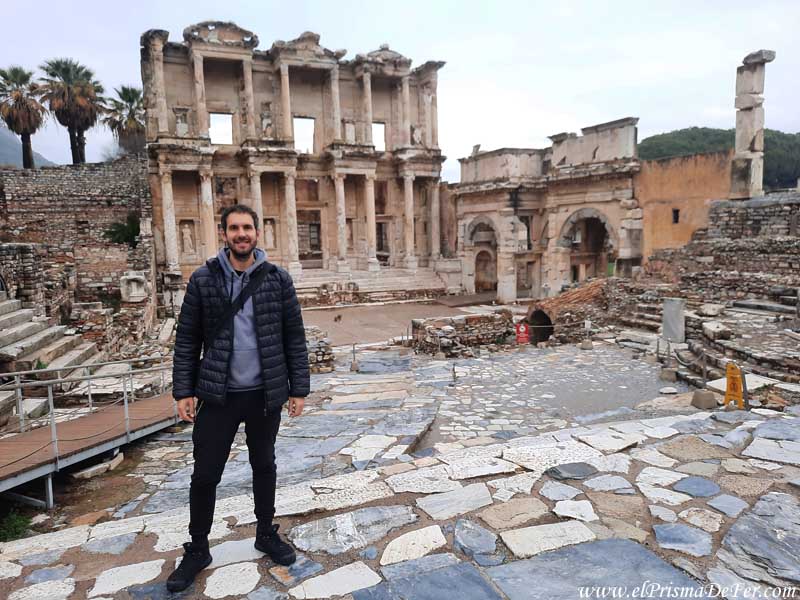
It's a place where history comes alive, and walking through its ancient streets, temples, and theaters makes you imagine what life was like thousands of years ago. Ephesus is, without a doubt, one of Turkey's most iconic ruins.
Furthermore, in Selçuk I found a charming place, ideal for staying a couple of days and continuing to discover interesting places beyond the famous archaeological site.
So, if you're traveling through this part of the country, I recommend coming here. It's a destination that combines history and a peaceful atmosphere that invites you to stay a little longer.
Support The Prism of Fer!
Your support helps me continue creating free content on the blog. Thank you so much!


